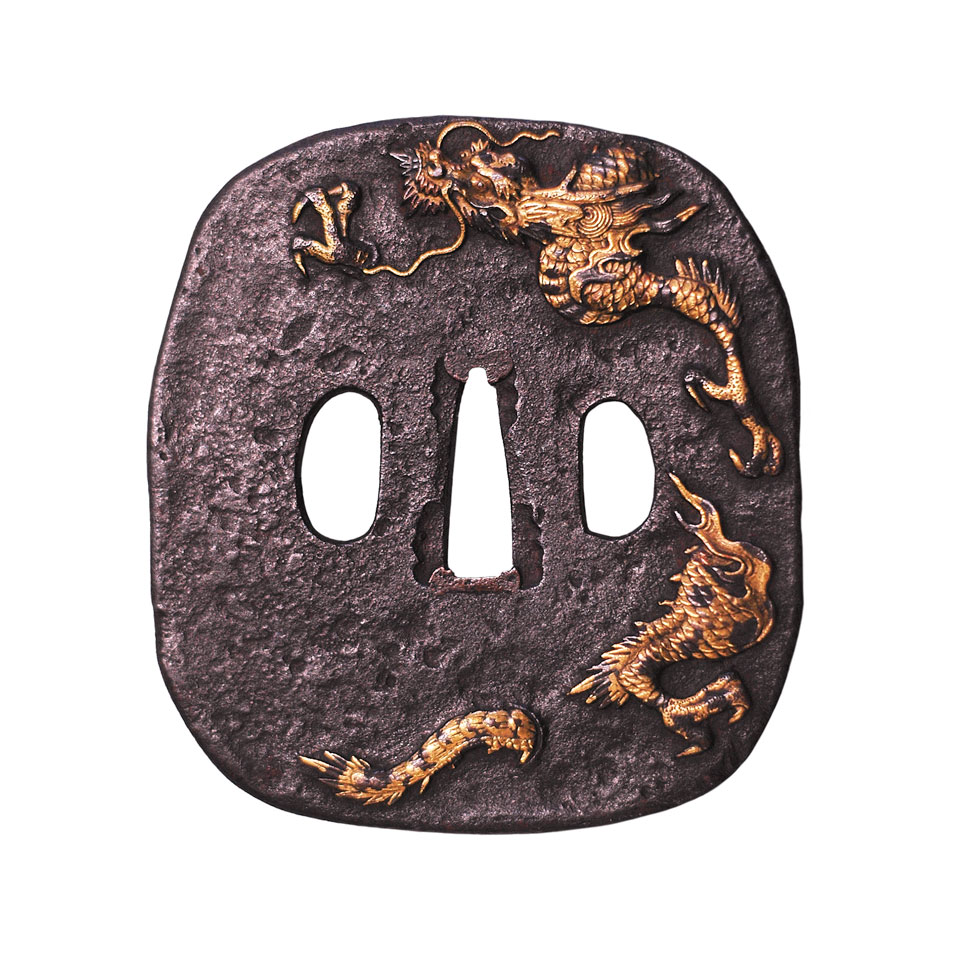FAQ
A typical class
Reiho
bows to kamiza, to sensei and to the sword.
Warmup
basic footwork drills and simple cutting practice
Suburi
kirioroshi, nukitsuke, yoko chiburi, o-chiburi and noto practice.
Kata
12 seitei forms and advanced koryu forms practiced.
Kihon
kata put into perspective using kihon.
Reiho
bows to kamiza, to sensei and to the sword.

Is it Dangerous?
Beginners start their iai study with a bokken (wooden sword). As their iai improves, they progress to an iaito (unsharpened practice blade) and finally, after a number of years, a shinken (live, sharpened blade). All weapons are checked before and after practice for damage or wear (bokken users check for splinters/notched blades and iaito/shinken users check the mekugi (pin that holds the sword’s blade) for signs of wear) – this helps ensure that our practice is safe for the students and the sensei (especially the sensei, so she says!). When we practice kenjutsu or jodo, wooden weapons are used throughout.
For obvious reasons we cannot spar against each other like karateka do. – this would make for an incredibly dangerous art, whereas in truth, injuries are very rare. We leave the full-contact elements of the sword arts to kendoka, who can practice safely with shinai (bamboo swords) and armour.
Who can practice?
Anyone – our dojo consists of a small group of students of various age, race, gender and profession. You do not have to be in excellent condition to study, but you will find that your fitness will improve significantly. Practice develops excellent posture, balance, timing, agility, flexibility, strength and muscle toning. This is achieved through utilising the whole body as we practice the techniques both with the physical control and speed where appropriate.
Even if the student has a major hindrance such as severe joint problems, Sensei always tries to accomodate and support a student’s needs so that they can benefit from the wide range of techniques. After considering this, please do not think that iai is too delicate for you and is reserved for those who cannot study the other martial arts – when you see iai practiced at the higher levels, we’re sure you will see it for what it is – a very dynamic, precise and exciting martial art.
What equipement?
Bokken – The main expense is the sword. Beginners start with a bokken (wooden sword) which costs around £10 and this is used until they decide that iai is definitely part of their life. They then go on to purchase an iaito (alloy practice sword). Very often a student will go back to bokken practice for paired kata or to highlight various parts of the kata during practice. The bokken is also used within the jo syllabus as the attacking weapon to the defender’s jo.
Iaito – Iaito cost anything from £200 upwards – there are cheaper swords available but these tend to be for display only (don’t attempt kirioroshi with one of these while anyone who you like is standing in front of you!). The difference between a bokken and an iaito is immense and the sooner a student can use an iaito the better. A good iaito will last you long into your progress through the grades.
Please note that although some swords look very authentic and are ‘built for practice’, most of them are for decoration only. Safety is of the essence and always seek professional advice BEFORE you buy something that you may not be allowed to use.
Shinken – The more advanced students use a shinken (live blade) but this is only recommended for Dan grades. A shinken is extremely sharp and must not be used until the practitioner has attained a sufficient level of understanding in his or her skill, technique and mental attitude and is comfortable with it’s use. Prices for a good shinken can be anything from £1000 upwards depending on the age and quality.
Please note that although some swords look very authentic and are ‘built for practice’, most of them are for decoration only. Safety is of the essence and always seek professional advice BEFORE you buy something that you may not be allowed to use.
Jo – In jo practice, one person is (usually) armed with a jo, whilst the attacker is armed with a bokken. A jo is a 4ft long staff, usually made from oak and is the same width along it’s length (no taper). These start from around £15 for one of decent quality.
Are there grades or belts?
Yes, but it is not displayed in Iaido, we all dress the same. Most mudan (non-Dan) gradings are done at club level and at each instructor’s discretion. When the student is ready to take their Ikkyu (final kyu grade before Shodan) grading, it is done by a panel of registered BKA examiners (British Kendo Association – our governing body) as Ikkyu is considered to be preparation for Shodan. All Dan gradings are also done by a panel of BKA examiners at specified grading events. Examiners are at least two grades higher than the examinee.
Many senior ranks such as Rokudan and above usually have to take place in Japan where there are sufficient examiners to make a panel of nine judges. However, as the standard of Iaidoka continues to rise – especially in the UK and Europe, we hope that more Rokudan gradings will be held in the United Kingdom.


Dojo membership
After you have trained with us a couple of times, and have decided whether or not Iaido/Jodo is something you want to continue to practice, you will need to join both Masamune Dojo, and the BKA.
BKA membership is vital for insurance purposes. It also entitles you to officially progess in the arts, by applying for gradings, and it allows you to compete in offical competitions. BKA membership details can be found at the BKA Website.
Membership of Masamune Dojo is currently £20 per year. Your membership fees go towards the cost of the events we organise, and the insurance cover for dojo instructors.
Your membership of the dojo and the BKA must be renewed annually.

